An encampment of journalists in Chambéry,
signed and titled lower left "Campement de journalistes à Chambéry"
Ink on paper
In quite good condition, a a visible vertical fold in the centre, some stains and foxings
21 x 29 cm
Framed : 33.7 x 45.5 cm
Louis Tinayre's background and adventurous life obviously shed light on this humorous and detailed scene. He shows a remarkable sense of observation, capturing as a journalistic illustrator this scene of extraordianarian life.
We don't know for the moment why these journalists had to improvise a camp, probably in a hotel room. No doubt it was to cover a trial or a sensational news item that had filled all the hotels in the city with journalists who had flocked for the occasion. In any case, what interests Tinayre as an almost ethnographic observer is this camp of journalists, of which he makes a tender and comical scene.
One understands him better when one knows how he could be fascinated in the same way by the territories of Madagascar, the North Pole or the Far West that he painted and drew.
Louis Tinayre was born on 14 March 1861 in Neuilly-sur-Seine. His mother, Victoire Tinayre, was a teacher and a member of the International Workers' Association.
Louis was the son of a Communard couple. His father, Jean Joseph, known as Jules Tinayre (Issoire 1821 - Paris 1871) was shot during the Bloody Week. His mother, Victoire Tinayre, fled with her children. Louis was the first to be sent to Hungary, and the rest of the family (including his brother Julien) joined him there later. He studied Fine Arts at the Hungarian University of Fine Arts in Budapest.
Returning to Paris in 1880 (after the amnesty), Louis Tinayre assiduously frequented Le Chat noir, where he met the positivists and Adèle Jacomet (Buenos Aires 1867-1946), whom he married in 1888.
He became an animal painter and press illustrator and was sent by Le Monde Illustré to cover the second expedition to Madagascar (then under French protectorate) in 1895.
He stayed there, fascinated, for six months and produced numerous drawings and photographs. Back in France, he created eight 5 x 4 meters dioramas presented at the National and Colonial Exhibition in Rouen in 1896.
He returned to Madagascar in 1898 to prepare the creation of a giant panorama representing the surrender of Antananarivo in 1895. The Malagasy pavilion at the 1900 Universal Exhibition in Paris allowed him to admire the dioramas (on the ground floor) and the panorama (on the first floor).
On his second trip, Tinayre took a Lumière cinematograph with him to document the daily life of the Malagasy people, no doubt to facilitate the design of the vast panorama. These short films were donated to the Cinémathèque française in 2009 by his grandson, Alain Tinayre.
One of the admirers of Tinayre's drawings, watercolours, paintings and photographs at the Universal Exhibition was Prince Albert I of Monaco: from 1901 onwards, Tinayre accompanied him on his hunts, painting scenes in North Africa, Russia, the Far West (Wyoming) and the North Pole. Tinayre, the official painter of the Prince's scientific expeditions, left his name to a glacier.
Together with the painter Alexandre Jean-Baptiste Brun, he painted the four murals in the large amphitheatre of the Oceanographic Institute in Paris. Louis Tinayre painted the figures while Alexandre Brun depicted the sea and the rigging.
Louis Tinayre donated his paintings to the town of Issoire in 1939.
He died on 26 September 1942 in Grosrouvre.
His paintings were first exhibited posthumously at the Musée du Ranquet in Clermont-Ferrand in 2006. His paintings of Prince Albert I were exhibited at the Musée de la Chasse et de la Nature in Paris from 30 March 2016 to 24 July 2016. A major retrospective exhibition is being organised in Monaco from 15 July to 11 September 2022, in the Quai Antoine I room, as part of the Albert I centenary commemorations, bringing together some sixty of Tinayre's works belonging to the Oceanographic Museum, including the drawing used to illustrate the autobiography of Prince Albert I.
The painting La messe de Noël 1914 dans la carrière de Gonfrécourt is on display at the Musée Saint-Léger, Soissons.


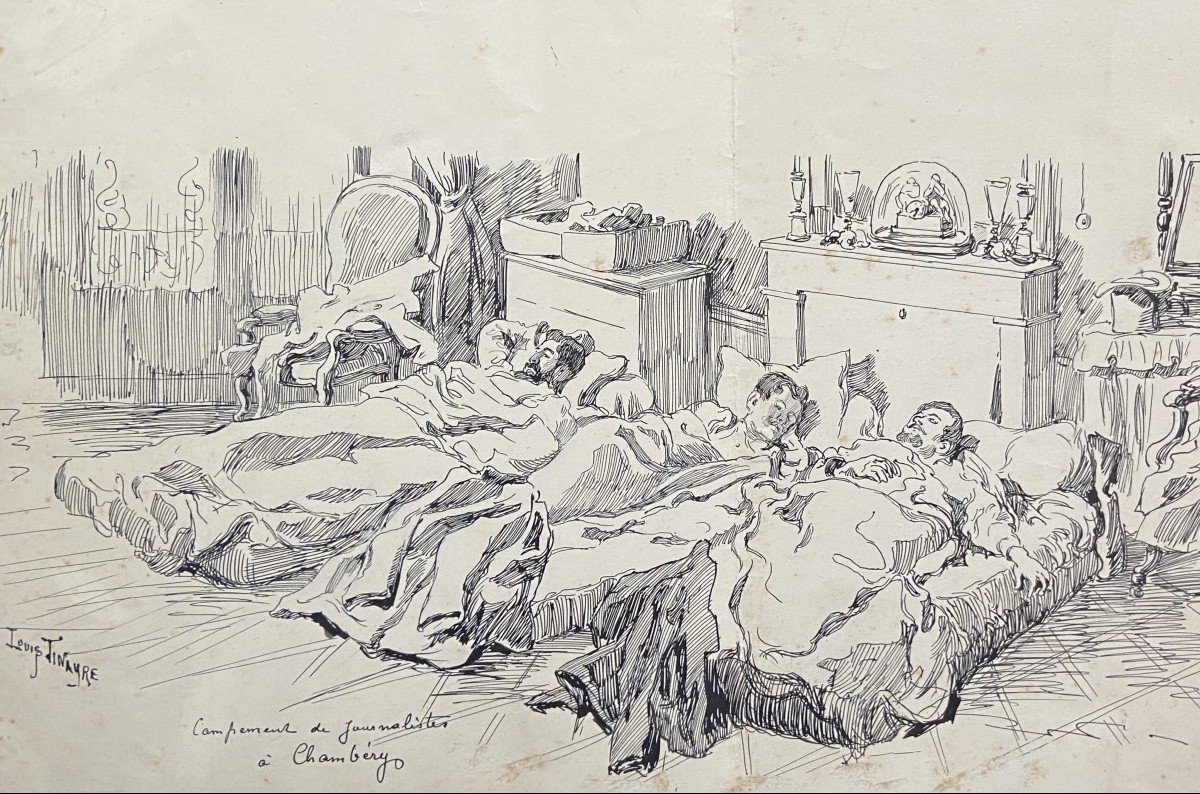


















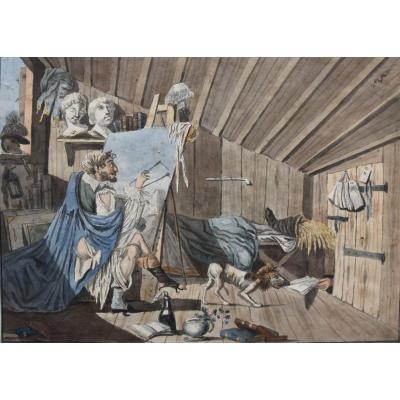
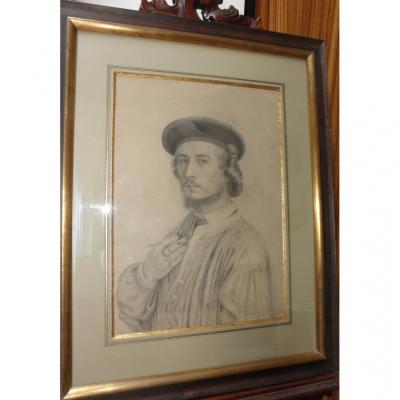
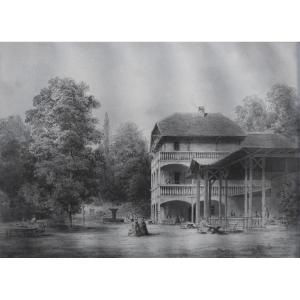
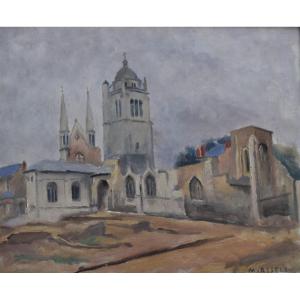
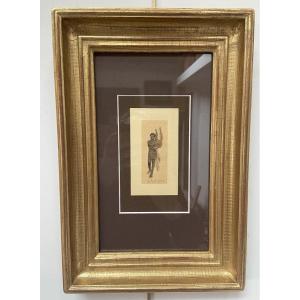
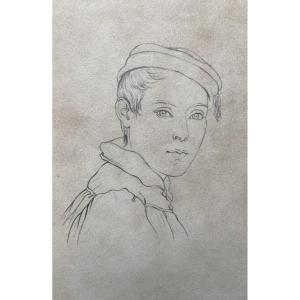
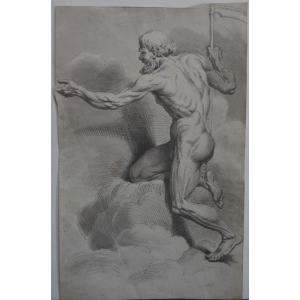
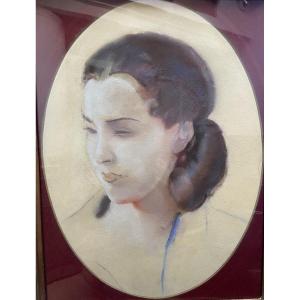
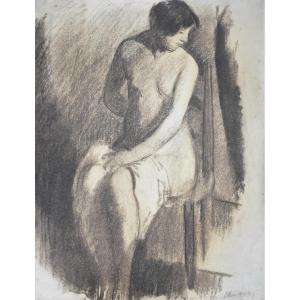


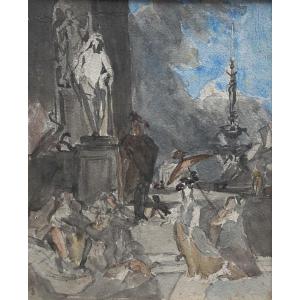
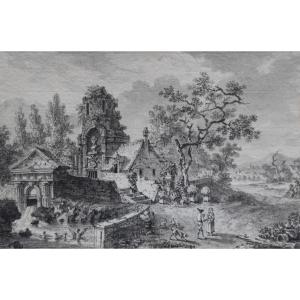
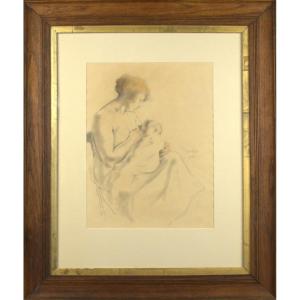
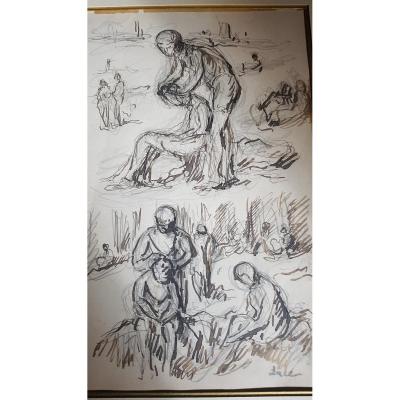

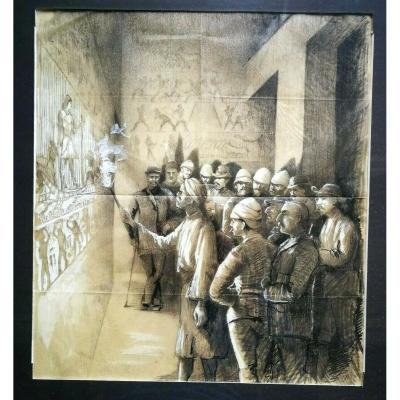




 Le Magazine de PROANTIC
Le Magazine de PROANTIC TRÉSORS Magazine
TRÉSORS Magazine Rivista Artiquariato
Rivista Artiquariato